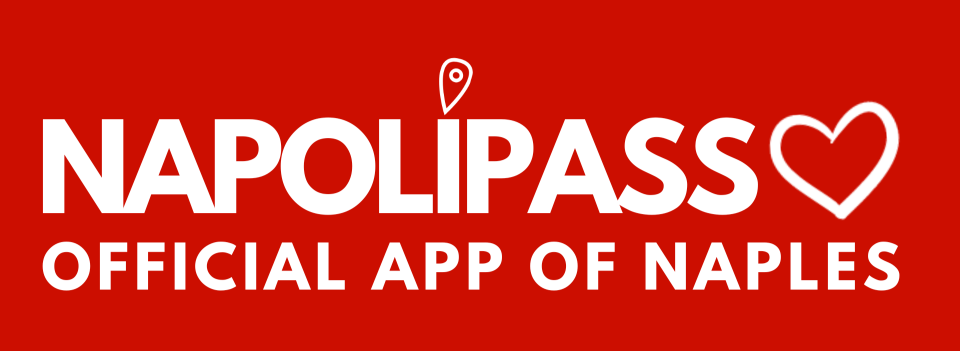Welcome to the audio guide of the Pio Monte della Misericordia, one of the artistic and historical jewels of Naples. Founded in 1602 as an institution dedicated to assisting the needy, the Pio Monte della Misericordia is today one of the city's main cultural attractions, thanks to its extraordinary art collection and centuries-old history.
Let's start our tour from the facade of the building. Designed by the architect Luca Giordano, the facade features a magnificent Baroque style that reflects the grandeur of the era. Notice the ornamental details, including the twisted columns and rich friezes. The building was conceived to express both the religious function of the institution and its charitable commitment.
Now, let's enter the church, a place that represents the perfect fusion of spirituality and art. The spacious and bright central nave is characterized by white and gold stucco that enhances the magnificence of the spaces. The frescoes and decorations are the work of highly talented artists and showcase the refinement and technical skill of the Baroque period.
The church houses one of the most famous works of the Pio Monte della Misericordia: Caravaggio's "The Seven Works of Mercy." Completed in 1607, this masterpiece is one of the most extraordinary examples of Baroque art. Caravaggio, with his unmistakable style, painted the seven corporal works of mercy – feeding the hungry, giving drink to the thirsty, clothing the naked, sheltering the homeless, visiting the sick, visiting the imprisoned, and burying the dead. Each scene is depicted with dramatic vividness and realism that capture human essence and compassion.
On the left side of the nave, next to Caravaggio's painting, you will find other significant artworks, including paintings and sculptures that enrich the Pio Monte della Misericordia's collection. Among these, particular attention should be given to works by Neapolitan artists of the 17th and 18th centuries. These artists contributed to shaping and coloring an artistic tradition that celebrates spirituality and charity.
Continuing our tour, we head towards the Museum. This section of the Pio Monte is dedicated to preserving and presenting the artworks and historical documents that tell the long and fascinating history of the institution. The museum offers an in-depth overview of various aspects of Naples' social and cultural life through the centuries. Among the exhibited pieces, you will find historical documents that testify to the charitable activities of the Pio Monte, liturgical objects, and sacred furnishings that reflect the richness of Neapolitan religious tradition.
An interesting part of the museum is dedicated to the various artists who collaborated with the Pio Monte. Here you can learn more about the artists' biographies, their works, and their impact on the culture and art of the Baroque period. It is fascinating to observe how their creations interacted with the mission of the Pio Monte and contributed to its cultural legacy.
Do not forget to visit the memorabilia room, where various period objects are kept, including musical instruments, ancient books, and other artifacts that provide a glimpse into everyday life of the era. Each object tells a story and enriches the understanding of the life and activities of the Pio Monte.
Our tour is about to conclude, but I encourage you to take a moment to reflect on what you have seen and appreciated. The Pio Monte della Misericordia is not only a place of great artistic beauty but also a symbol of solidarity and humanity that has spanned the centuries. Every artwork, every corner of this place tells a part of the history of Naples and its commitment to the common good.
Thank you for joining this tour, and I wish you a pleasant visit to the Pio Monte della Misericordia. If you have any questions or would like more information, please do not hesitate to ask the museum staff.
Enjoy your visit and goodbye!

